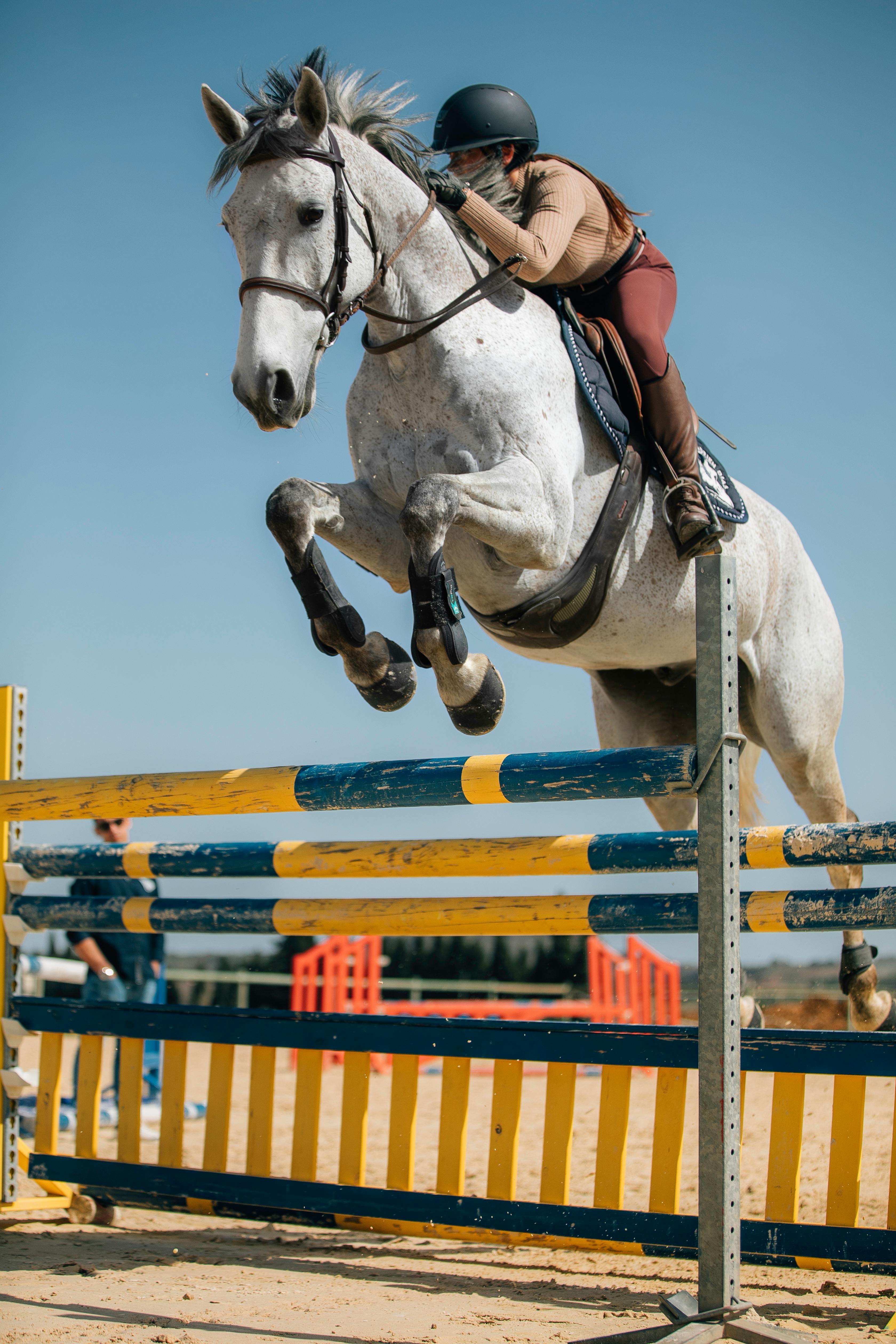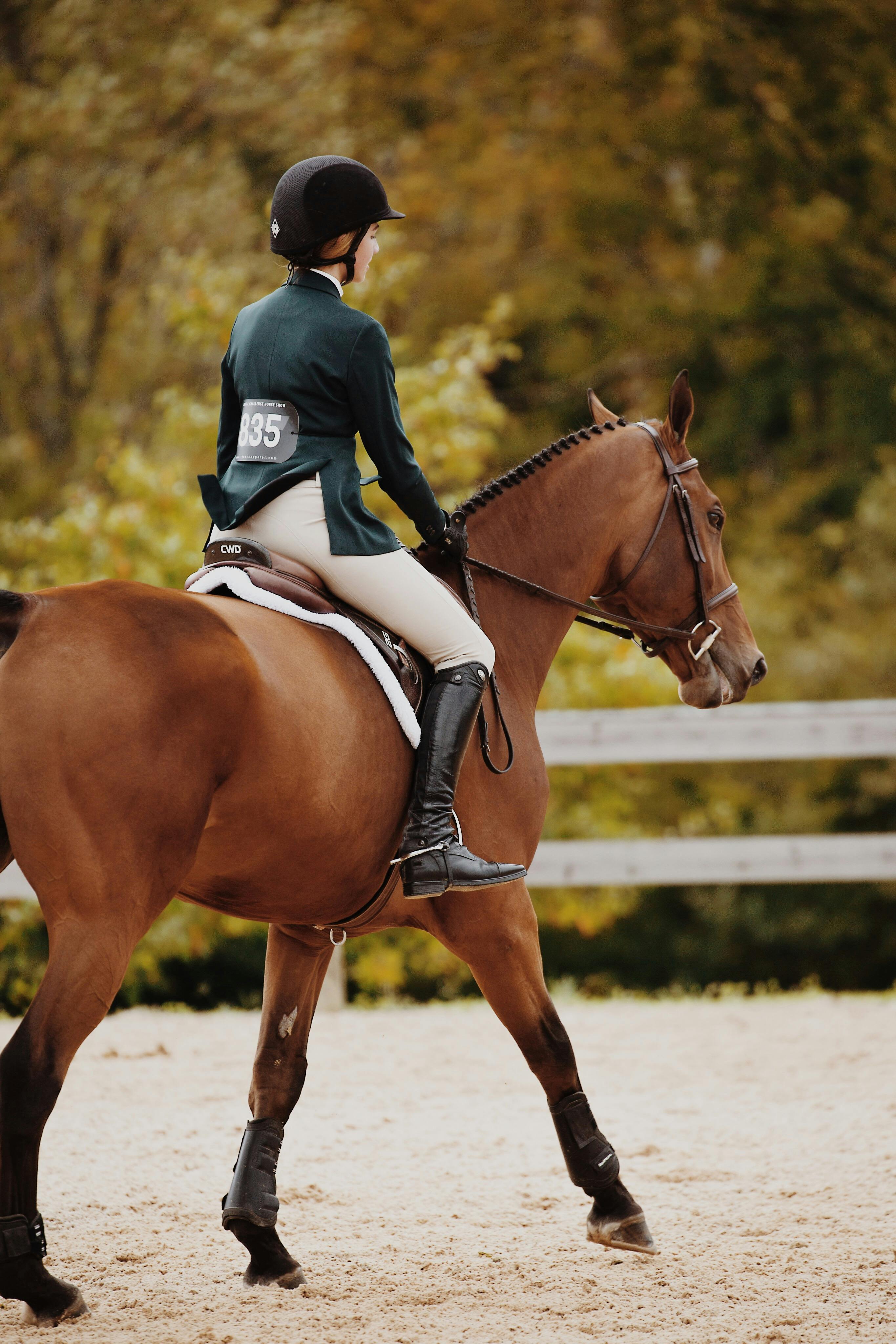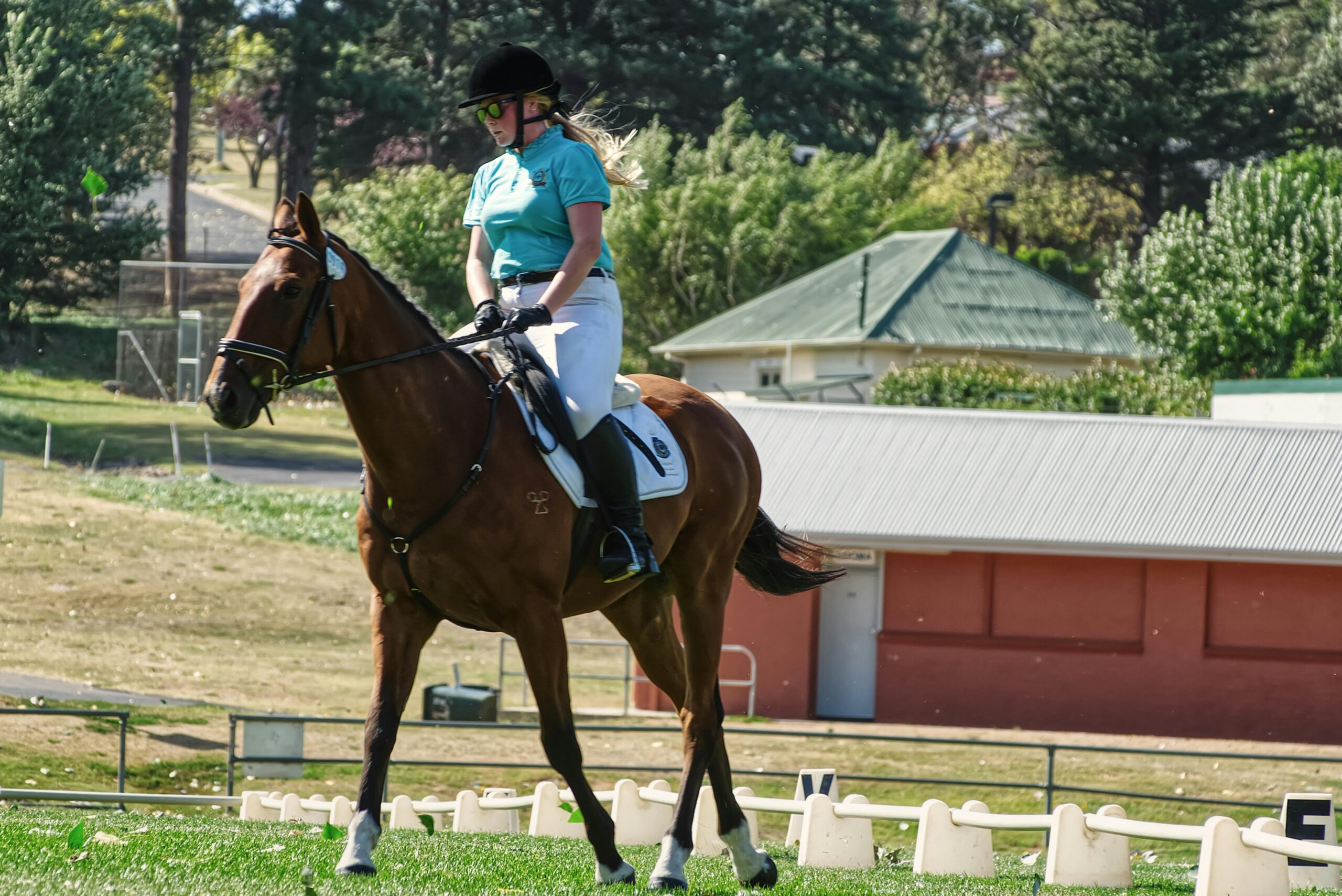Ultimate Guide to Dressage Sport Boots for Optimal Horse Performance
In the world of competitive riding, dressage sport boots have become essential for maintaining equine health and maximizing performance. As dressage gains popularity among amateur and professional riders, understanding the purpose and proper usage of sport boots is more important than ever. This guide explores the ins and outs of dressage sport boots—what they are, why they matter, how to choose and use them effectively, and what future innovations are on the horizon.

Understanding the Fundamentals
Dressage sport boots are specially designed protective gear for horses, tailored to shield their lower legs during high-precision training routines. These boots prevent injuries from brushing, interference, or impact, which are common during lateral movements and extensions in dressage.
Over the years, the design and materials of these boots have evolved. From basic leather wraps to high-tech synthetic composites, today’s dressage boots offer greater protection without compromising comfort or mobility for the horse.
1.1 Anatomy of a Dressage Sport Boot
Dressage sport boots typically consist of a durable outer shell, a cushioned interior lining, and secure fastening straps. The outer shell, often made of thermoplastic or neoprene, deflects external force, while the inner foam padding absorbs shock and reduces friction.
Common misconceptions include confusing dressage sport boots with general riding boots. Unlike the latter, dressage boots focus on high-precision motion, offering increased anatomical support, particularly for the fetlocks and tendons.
1.2 The Role of Boots in Equine Biomechanics
While traditional wraps offer some protection, dressage sport boots provide biomechanical support during complex movements such as piaffe, passage, and half-pass. This support minimizes stress on ligaments, reduces fatigue, and enhances performance longevity.
Studies have shown that consistent use of sport boots in training can reduce injury rates by up to 35%. They also encourage muscle memory and discipline during dressage training sessions.
Practical Implementation Guide
Once the benefits are clear, the next step is integrating dressage sport boots into your horse’s daily routine. Proper selection, usage, and maintenance are key to achieving the best results while ensuring the horse’s comfort and health.

2.1 Actionable Steps
- Select the Right Boots: Choose boots based on your horse’s size, gait pattern, and intensity of dressage movements. Brands like Veredus, Eskadron, and LeMieux offer great options.
- Fitting & Fastening: Ensure a snug but non-restrictive fit. Boots should stay in place without sliding or rotating during movement. Use adjustable Velcro or hook-and-loop closures for stability.
- Routine & Scheduling: Incorporate boot usage during warm-ups and all training sessions. Start with 15-20 minute intervals and increase gradually to full-session wear.
2.2 Overcoming Challenges
Some riders encounter common issues such as rubbing, overheating, or improper sizing. Here are a few solutions:
- Switch to breathable boots with perforated linings for heat dissipation.
- Use fleece-lined or gel-padded versions to reduce friction and skin irritation.
- Check boot positioning every 20 minutes during early use.
Expert tips include applying talcum powder under the boots to absorb sweat and rotating between two pairs to maintain hygiene and durability.
Advanced Applications
For experienced riders and competition-level athletes, advanced dressage sport boots can offer strategic advantages. These include better weight distribution, advanced tendon support, and integration with other monitoring systems.

3.1 Smart Boot Technology
Next-generation dressage sport boots now come embedded with smart sensors. These sensors monitor gait symmetry, pressure distribution, and performance metrics in real time. Brands like EquiGait and Arioneo are leading this innovation.
Case studies show improved recovery times and early injury detection through such tech-enhanced gear, providing peace of mind for both riders and veterinarians.
3.2 Integration with Other Training Tools
Advanced boots can be synchronized with training apps and equine wearables. This holistic system allows trainers to analyze movement data alongside heart rate and respiratory metrics.
However, compatibility and data accuracy can vary. It’s important to choose systems that are specifically designed for equine biomechanics and tested under dressage conditions.
Future Outlook
The equestrian world is rapidly adopting technological advancements. In the next 3-5 years, we can expect AI-driven analysis tools, eco-friendly materials, and ultra-lightweight designs in dressage sport boots.
Riders should stay informed through clinics, brand releases, and scientific journals. Adopting innovations early can give a competitive edge and ensure long-term horse health.
Conclusion
To summarize, dressage sport boots are crucial for modern equine care and performance. They protect tendons, improve movement efficiency, and offer customizable solutions for different riding needs.
Whether you’re a beginner or a seasoned dressage competitor, investing in high-quality sport boots can elevate your training and protect your most valuable partner—your horse. Start by selecting a pair that fits well, matches your training intensity, and aligns with your long-term goals.
Frequently Asked Questions
- Q: What are dressage sport boots used for? Dressage sport boots protect a horse’s lower legs from impacts and strain during precise dressage movements like lateral work and transitions.
- Q: How do I get started with sport boots? Begin by measuring your horse’s legs and selecting boots that match their activity level. Test for fit during light training sessions before full integration.
- Q: How much time does it take to see results? Results vary, but consistent use over 4-6 weeks typically shows improvements in performance and fewer leg strains.
- Q: What is the cost of dressage sport boots? Prices range from $40 to $250 per pair, depending on materials, technology features, and brand reputation.
- Q: How do sport boots compare to traditional wraps? Sport boots offer more targeted protection and support, while wraps are more customizable but require expert application to be effective.
- Q: Are dressage sport boots difficult to use? Not at all. Most are designed for easy application with Velcro straps. Learning proper placement takes just a few sessions.
- Q: Can they be used in competitive dressage? Absolutely. Many brands produce competition-approved models that meet dressage regulations for both national and international events.
